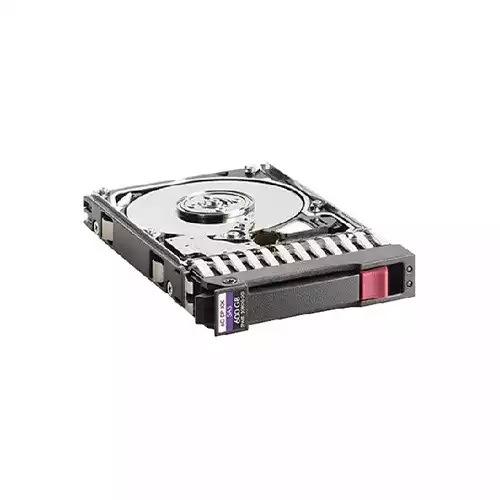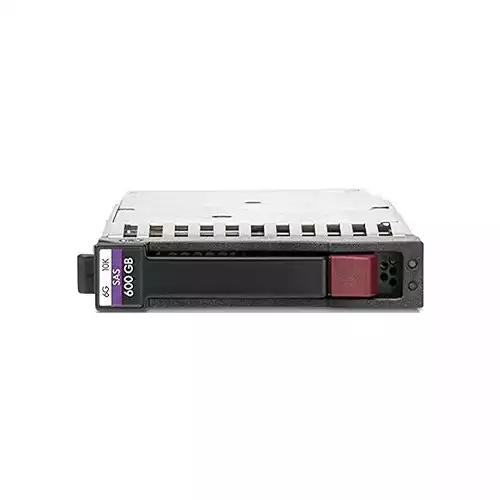HP 600GB 10K RPM SAS 2.5-Inch Hot-Plug Server HDD in Bangladesh
HP 600GB 10K RPM SAS 2.5-Inch Hot-Plug Server HDD is a robust and efficient storage solution tailored for enterprise-level servers. This drive delivers reliable and consistent performance, making it ideal for data-intensive tasks and critical applications. With its SAS interface and 10,000 RPM speed, it ensures rapid data access and enhanced server efficiency. The compact 2.5-inch design makes it suitable for space-constrained environments, while the hot-plug feature adds to its convenience in operational settings.
Technical Details
HP 600GB 10K RPM SAS 2.5-Inch Hot-Plug Server HDD is built for high-demand environments, providing 600GB of storage capacity for reliable data handling. Its SAS interface delivers high-speed and secure data transfer, ensuring reduced latency and consistent performance under heavy workloads. The drive’s rotational speed of 10,000 RPM is optimized to offer fast read and write capabilities, which are essential for multitasking and large-scale data processing. The 2.5-inch form factor allows for dense server setups without sacrificing performance or accessibility. Additionally, the hot-plug functionality means that the HDD can be removed or replaced while the server remains operational, significantly reducing maintenance downtime and increasing overall system efficiency.




















Reviews
Clear filtersThere are no reviews yet.